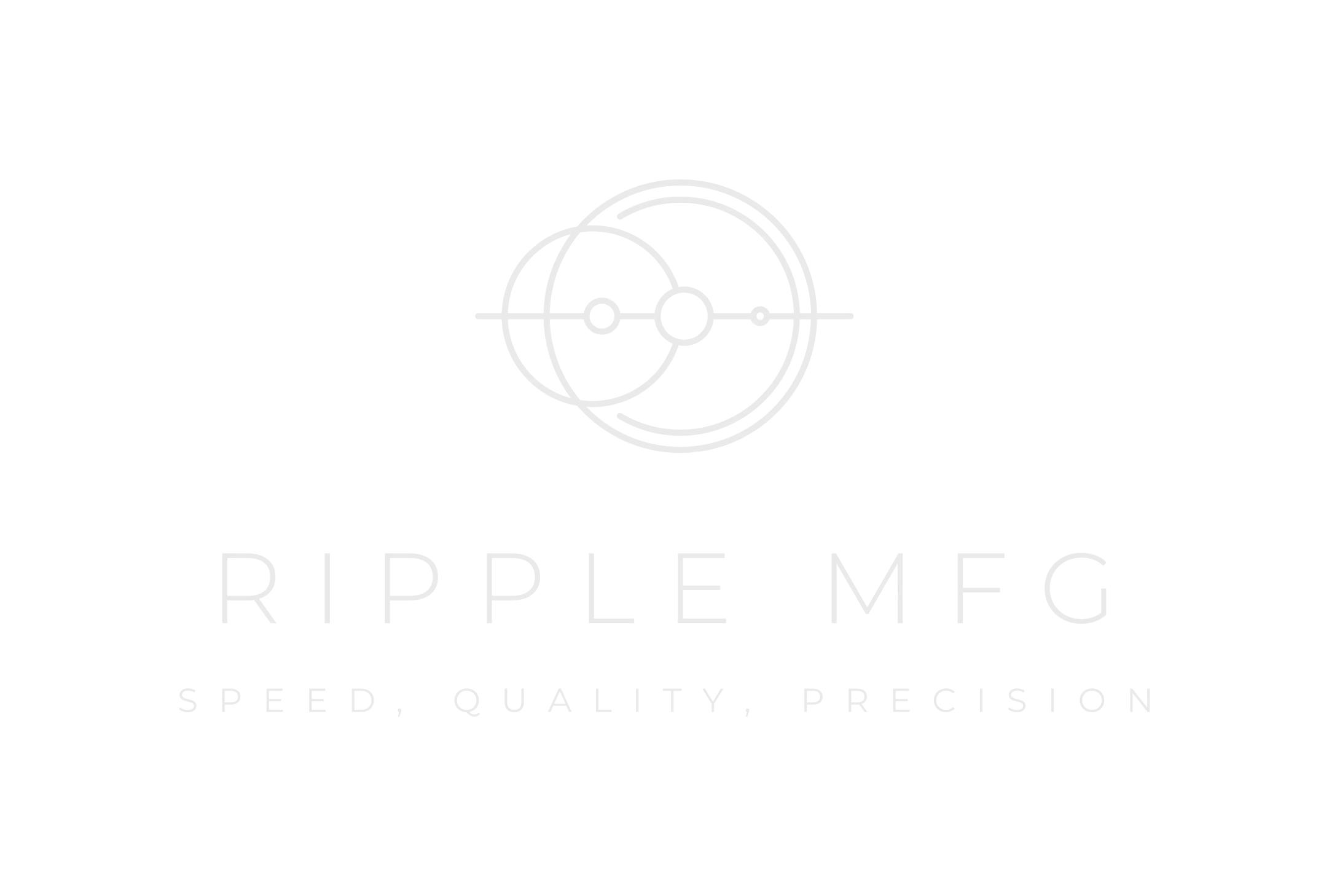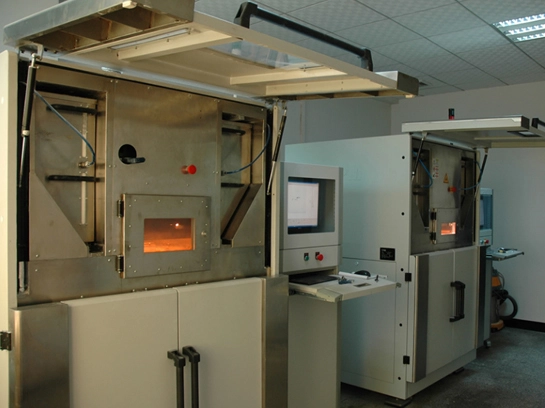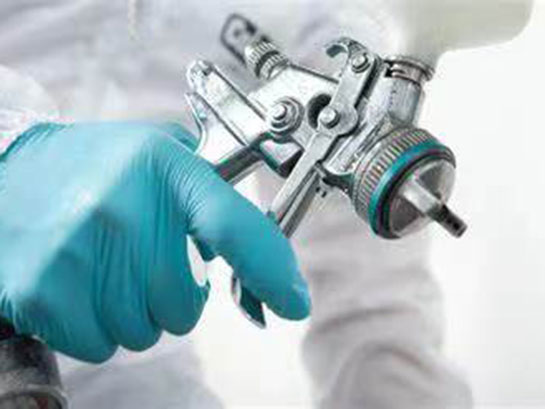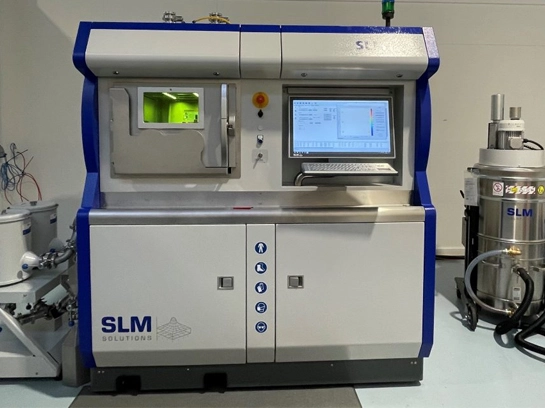In the dynamic realm of product development, where ideas evolve into tangible innovations, the role of prototype machining stands as a cornerstone for success. The journey from concept to market-ready product is a complex one, and prototype machining emerges as a pivotal step that unleashes innovation and refines designs with precision.
Prototyping: A Gateway to Innovation
At the heart of any groundbreaking product is the process of prototyping, and prototype machining is the conduit that transforms abstract ideas into tangible realities. Before a product can go into mass production, it undergoes several iterations to ensure that the design aligns with the envisioned functionality, aesthetics, and manufacturability. This iterative process is fundamental in the innovation cycle, allowing engineers and designers to test, refine, and perfect their concepts.
Prototype Machining Defined:Prototype machining involves the creation of physical models or prototypes using subtractive manufacturing processes like milling, turning, and drilling. These processes allow for the precise shaping of materials, enabling engineers to create functional prototypes that closely resemble the final product.
Precision in Design Refinement
The first stage of prototyping involves transforming initial sketches and digital designs into physical prototypes. This is where prototype machining takes center stage. Engineers use Computer Numerical Control (CNC) machines to meticulously carve out components based on the design specifications. This level of precision is crucial in ensuring that every detail of the product is accurately represented in the prototype.
With the first prototype in hand, designers and engineers can assess its performance, functionality, and aesthetics. It serves as a tangible representation that allows for hands-on testing and evaluation. If improvements or modifications are needed, the iterative refinement process begins. Prototype machining facilitates this by providing a quick and accurate means to implement changes and enhancements. Whether it's adjusting dimensions, refining contours, or optimizing material choices, prototype machining allows for swift iterations that significantly accelerate the design refinement process.
Accelerating Time-to-Market with Prototype Machining
In the fast-paced landscape of product development, time is often a critical factor. The efficiency of prototype machining plays a pivotal role in accelerating the time-to-market for innovative products. Unlike traditional manufacturing methods that may require extensive tooling and setup, prototype machining offers a rapid and cost-effective solution. CNC machines can quickly produce precise prototypes, allowing designers to assess multiple design variations in a shorter timeframe.
The advent of rapid prototyping techniques, such as 3D printing, further amplifies the impact of prototype machining. These methods enable the creation of intricate and complex geometries with speed and efficiency. While traditional machining methods remain essential for certain applications, rapid prototyping techniques provide an additional dimension to the prototyping process, allowing for even quicker iterations and design validation.
Ensuring Functional Validations and Quality Assurance
Beyond the visual and aesthetic aspects, prototype machining is instrumental in conducting functional validations and ensuring the quality of the final product. As prototypes are machined to mirror the intended materials and manufacturing processes of the final product, engineers can assess factors such as structural integrity, durability, and overall performance.
By subjecting prototypes to real-world conditions, engineers can simulate the stresses and strains the product will encounter during its lifecycle. This real-world testing is invaluable for uncovering potential weaknesses, refining material choices, and enhancing the overall robustness of the design. Prototype machining allows for the creation of prototypes that closely mimic the intended production materials, providing a realistic testing ground for product performance.
In conclusion, the role of prototype machining in product development is transformative. It serves as the bridge between imagination and reality, allowing innovators to refine their concepts with precision and efficiency. From the initial stages of design refinement to the crucial steps of functional validation, prototype machining is an indispensable tool that accelerates innovation and ensures the delivery of high-quality, market-ready products.
- Applications of Precise Tool and ManufacturingSeptember 14, 2024About Ripple MFG's Precision Toolings ServicesAccording to Ripple MFG's global service strategy, it is dedicated to providing precision plastic injection molding services including...view
- How Is Prototyping Used in the Automotive Industry?July 22, 2023Automotive rapid prototyping is an essential process used in the automotive industry to develop new vehicles and components. Prototyping allows designers and engineers to test and refine their ideas b...view
- What Is Pressure CastingFebruary 27, 2023Introduction to Pressure CastingPressure casting is a casting method in which molten or semi-molten metal is pressed into the metal casting mold at high speed and crystallized under pressure, referred...view
- Latest Trends in Precision Tool ManufacturingMarch 19, 2024As technology continues to advance, the field of precision tool manufacturing is witnessing an impressive array of recent trends. These trends not only drive the rapid development of the manufacturing...view
- Harmony in Sound: 4 Axis CNC Machining for Musical Instrument SuppliersNovember 23, 2023When it comes to crafting musical instruments, precision and attention to detail are paramount. Whether it's a finely tuned guitar, a melodically rich piano, or a beautifully crafted violin, every...view
- Precise Tool and Manufacturing Technology: The Precise Force Driving Industrial ProgressSeptember 18, 2024The Importance of Precise Tool and Manufacturing TechnologyIn modern industry, the application of precise tool and manufacturing is becoming increasingly widespread. They are not only a symbol of tech...view




